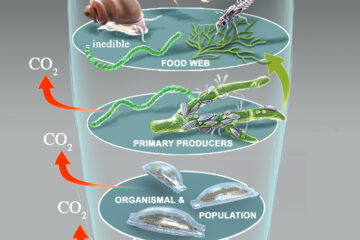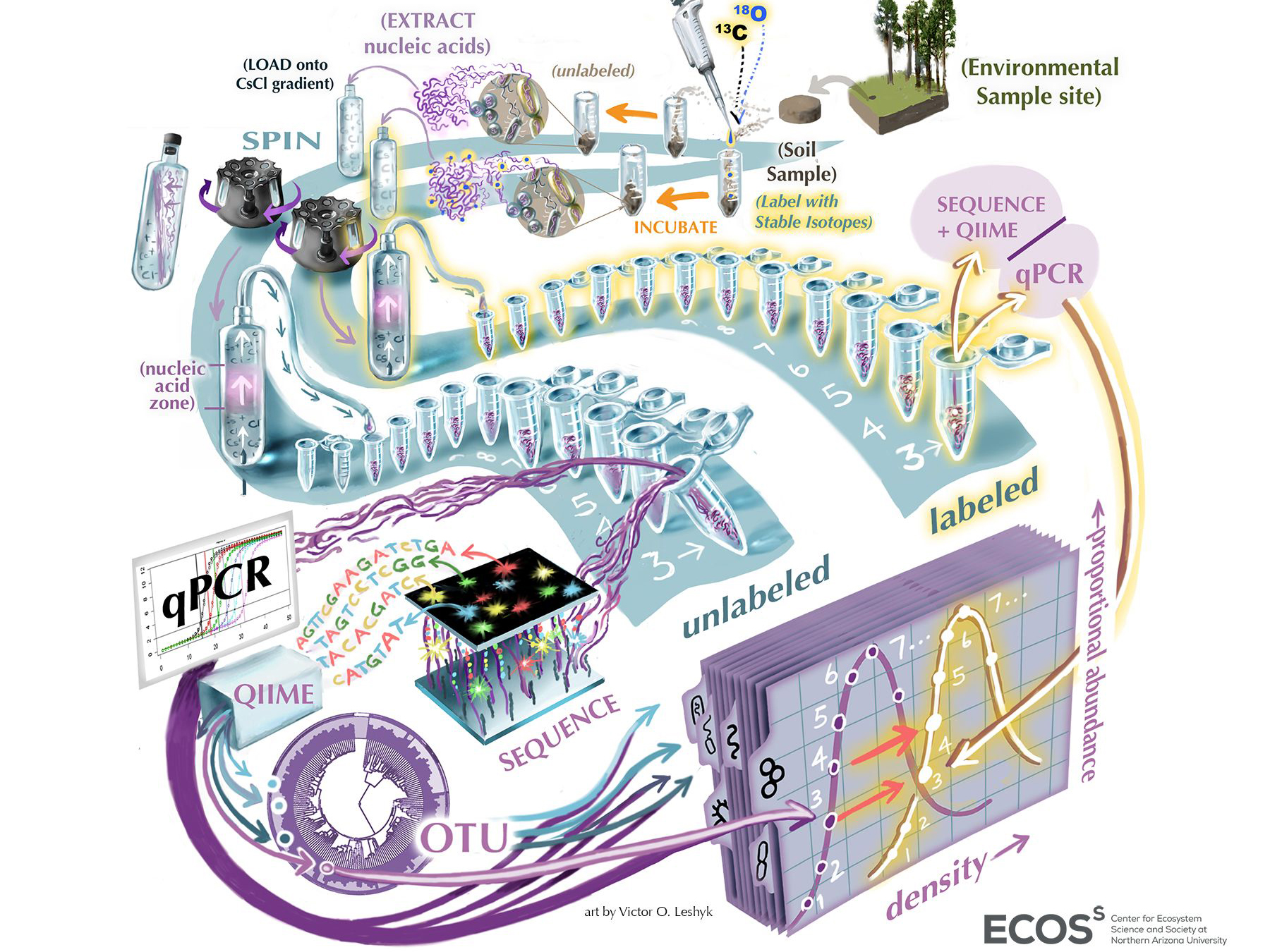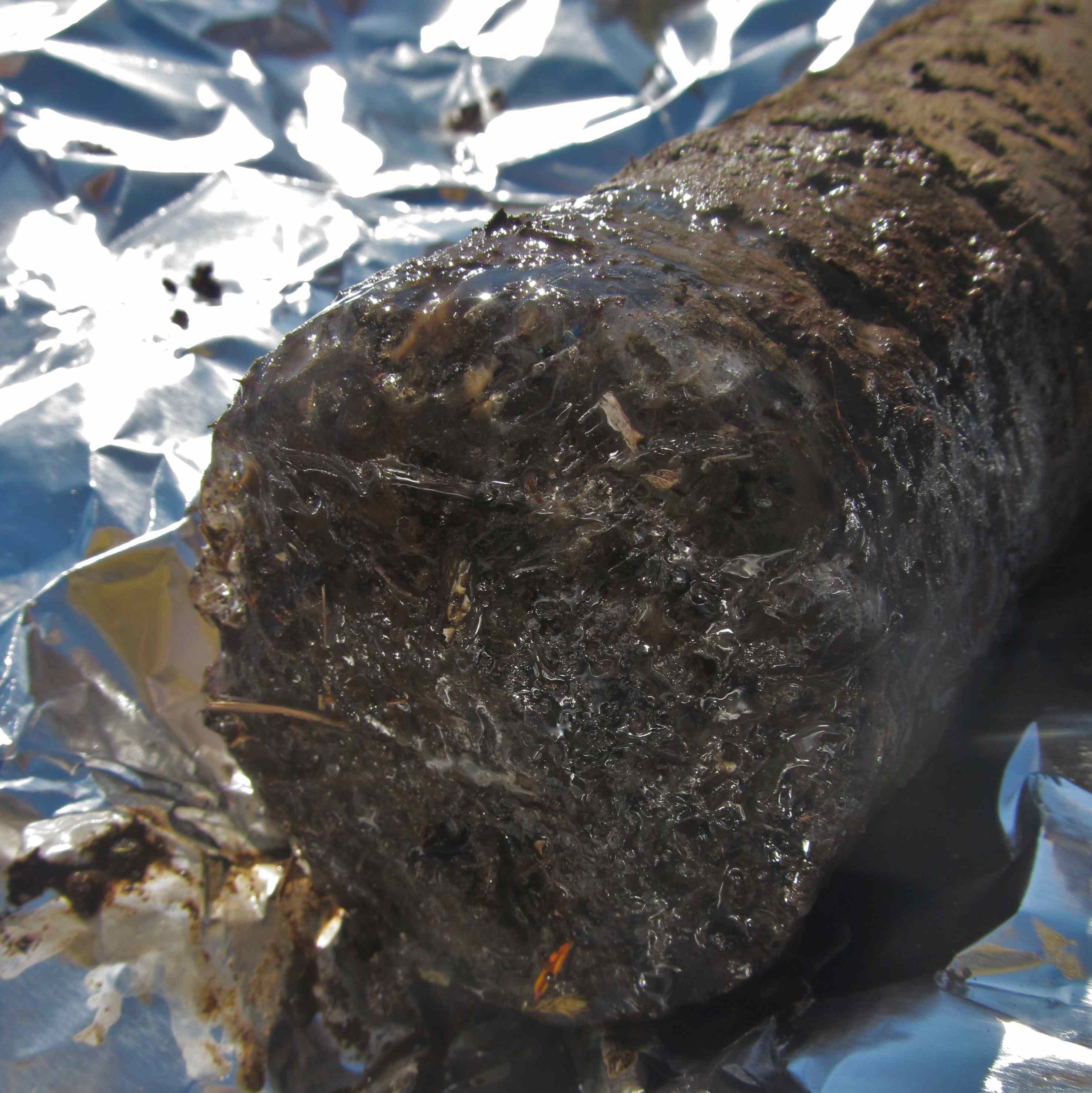Disentangling the role of photosynthesis and stomatal conductance on rising forest water-use efficiency
Forests remove about 30% of anthropogenic CO2 emissions through photosynthesis and return almost 40% of incident precipitation back to the atmosphere via transpiration. The trade-off between photosynthesis and transpiration through stomata, the water-use efficiency (WUE), is an important driver of plant evolution and ecosystem functioning, and has profound effects on […]


